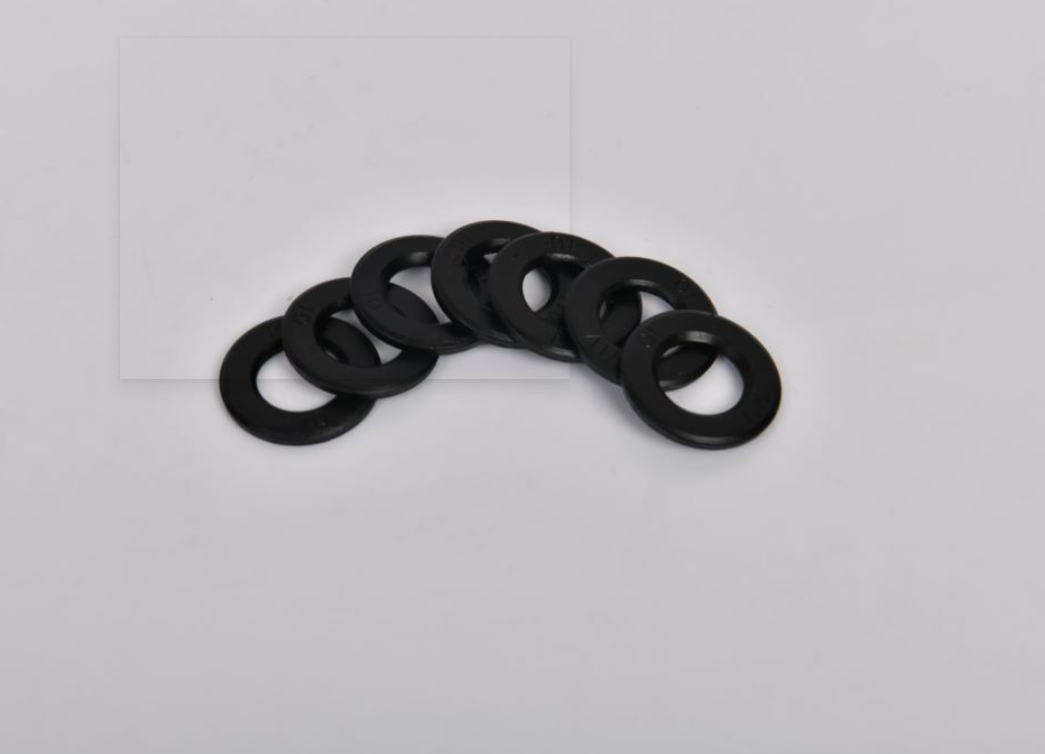best m6 self tapping screw hole size
Understanding Hole Sizes for Best M6 Self-Tapping Screws
Self-tapping screws are a cornerstone in modern engineering and construction, offering an efficient solution for fastening applications that require a reliable grip without the need for pre-drilled holes. Among various sizes and types, the M6 self-tapping screw stands out, particularly in terms of its versatility and ease of use. To optimize the effectiveness of these screws, understanding the appropriate hole size is crucial for achieving the best performance.
What is an M6 Self-Tapping Screw?
An M6 screw refers to a metric screw with a nominal diameter of 6 mm. The self-tapping feature means that the screw can create its own hole as it is screwed into a material. This is particularly beneficial in materials such as metal, plastic, and wood, where drilling a pilot hole may not be necessary. The M6 size is often chosen for applications requiring a strong hold, ensuring that the fastener can resist various forces acting upon it.
Why is Hole Size Important?
The hole size plays a significant role in the performance of self-tapping screws. If the hole is too small, it can cause excessive stress on the screw, leading to breakage or stripping of the threads. Conversely, if the hole is too large, the screw will not have sufficient material to grip, resulting in a weak hold. Therefore, determining the right diameter for the hole is crucial for ensuring that the self-tapping screw operates effectively.
Recommended Hole Size for M6 Self-Tapping Screws
The recommended hole size for M6 self-tapping screws generally depends on the specific type of screw and the material being used. However, a common guideline suggests using a hole diameter of approximately 4.2 mm to 5.0 mm. For materials like soft plastic or wood, a slightly larger hole (around 5.0 mm) can be acceptable, as these materials are more forgiving and can accommodate a wider range of hole sizes. For harder metals or if high tensile strength is required, adhering to a tighter tolerance (closer to 4.2 mm) is advisable.
best m6 self tapping screw hole size

Factors Influencing Hole Size Choices
1. Material Type Different materials have varying properties that can affect how the screw behaves. Hard metals may require tighter hole sizes to prevent screw slipping, while softer materials may allow for larger holes without significant loss of strength.
2. Screw Thread Design The thread design of the M6 self-tapping screw—such as coarse or fine threads—can influence the required hole size. Coarse threads typically need larger holes to accommodate the deeper thread patterns and allow for effective cutting of the material.
3. Installation Method The technique employed during installation also impacts the ideal hole size. For example, using a power tool at high speed may require more precise hole sizing to ensure the screw can penetrate the material effectively without causing damage.
4. Load Requirements Understanding the forces that will be acting on the screw after installation is critical. Heavy loads may necessitate a tighter fit to prevent loosening over time.
Conclusion
Choosing the right hole size for M6 self-tapping screws is essential for ensuring strong and reliable fastening in various applications. By adhering to the recommended hole diameter of 4.2 mm to 5.0 mm, factoring in the type of material and the installation conditions, users can enhance the effectiveness of their fastening solutions. In practice, testing different hole sizes in your specific application can yield the best results, ultimately contributing to increased efficiency and safety in your projects. With proper knowledge and attention to detail, M6 self-tapping screws can provide durable, efficient, and resilient fastening solutions for a wide range of applications.
-
Top Choices for Plasterboard FixingNewsDec.26,2024
-
The Versatility of Specialty WashersNewsDec.26,2024
-
Secure Your ProjectsNewsDec.26,2024
-
Essential Screws for Chipboard Flooring ProjectsNewsDec.26,2024
-
Choosing the Right Drywall ScrewsNewsDec.26,2024
-
Black Phosphate Screws for Superior PerformanceNewsDec.26,2024
-
The Versatile Choice of Nylon Flat Washers for Your NeedsNewsDec.18,2024










